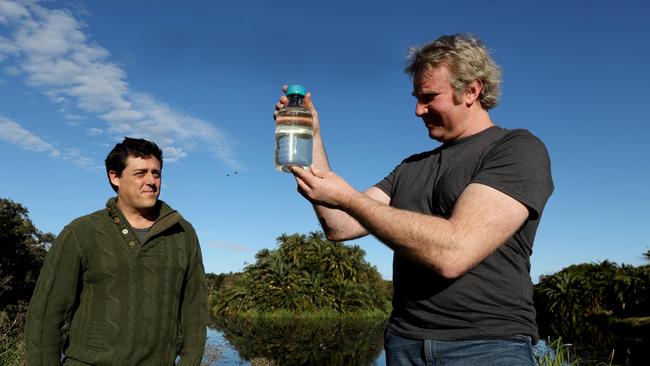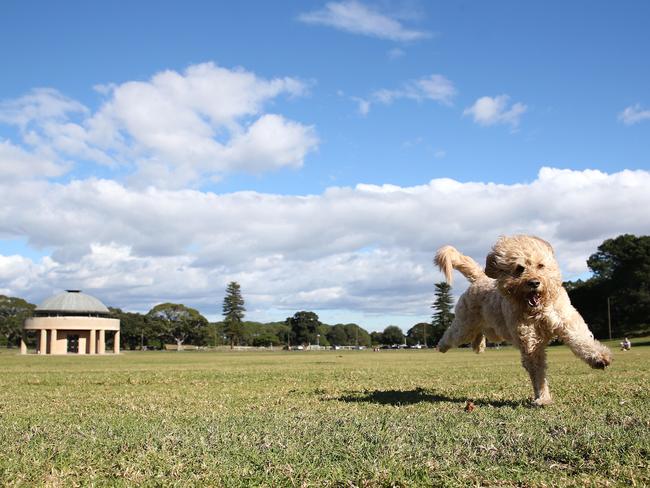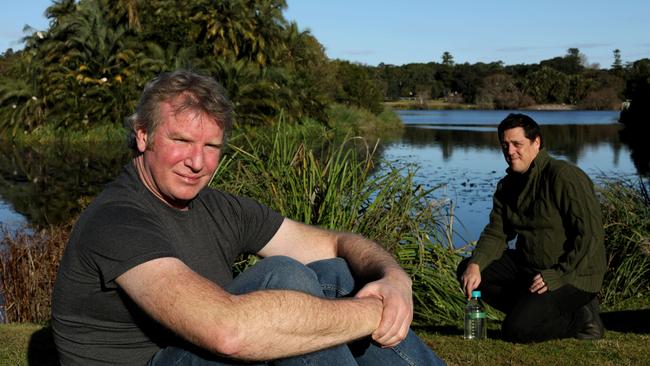Potentially cancer causing pollutants in Sydney waterways from the Mill Stream to Centennial Parklands
COMPOUNDS linked to cancer and wastewater pollutants have been found in waterways across the southeast in new tests conducted by University of NSW researchers.

Southern Courier
Don't miss out on the headlines from Southern Courier. Followed categories will be added to My News.
TOXINS linked to cancer and wastewater pollutants have been found in waterways across the southeast in new tests conducted by University of NSW researchers.
Perfluorooctane sulfonate (PFOS) and perfluorooctanoic acid (PFOA) were picked up in water tests conducted from the Mill Stream Pond next to Sydney Airport, to the duck ponds at Centennial Park.
The toxic compounds, which were once used in firefighting foams and an assortment of household products, have been found to have a range of health effects on laboratory animals.
“Everything that was once pure is now contaminated,” said Associate Professor Stuart Khan.

Prof Khan and senior research associate Dr James McDonald sampled water from 14 sites across the southeast, including ponds, beaches and bays.
All had multiple contaminants from stormwater run-off and sewage leaks but many also had “reasonable” levels of PFOS and PFOA.
However, the Mill Stream, which winds through industrial areas at Mascot to the Lakes Golf Club, recorded “extremely high” levels of the compounds.
“The higher levels of PFOS are very interesting to us because they are so topical at the moment,” Dr McDonald said.
Phased out in December 2003, they are now considered a global concern by multiple government and research bodies.
“PFOS and PFOA are highly resistant to degradation, persistent in the environment, known to be toxic to humans and wildlife, accumulate along the food chain and are regulated by the international Stockholm Convention on Persistent Organic Pollutants,” Australia’s National Measurement Institute states.
The United States EPA found both chemicals caused tumours in animal studies.
Dr McDonald said the test at three Centennial Parklands ponds also came back positive for pesticides and herbicides, as well as paracetamol and caffeine, indicating stormwater to the ponds was affected by sewage.

“It’s about an awareness of what’s happening in the environment you are in — that you play and swim and walk around in,” he said.
“This pollution is going on right in our backyards and it takes people to initiate some driving force to fix the problems.”
Prof Khan and Dr McDonald aim to publish the results of the work in professional journals in six to 12 months.
“We are just trying to accumulate more data,” Dr McDonald said.
“From our point of view, it opens up new possibilities to do more research, more monitoring of stormwaters around Sydney and around beaches and parks, and the possibility of a research project looking at how these things can be ... mitigated.”


